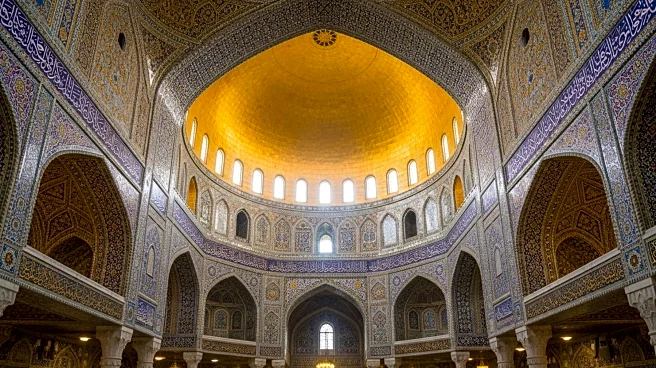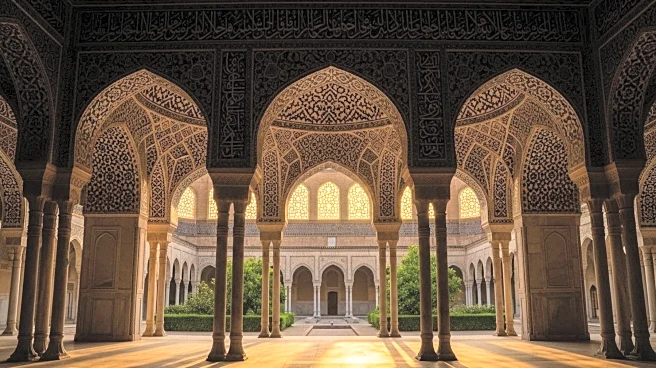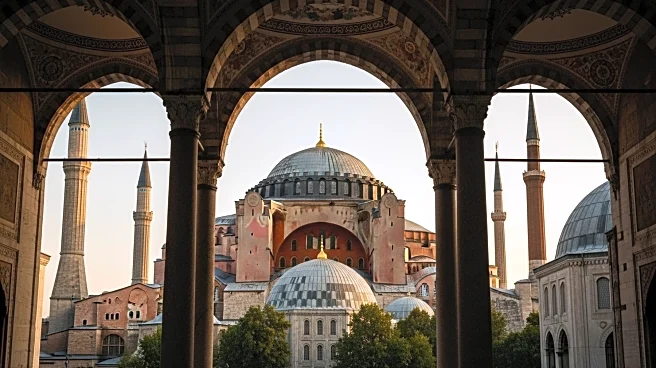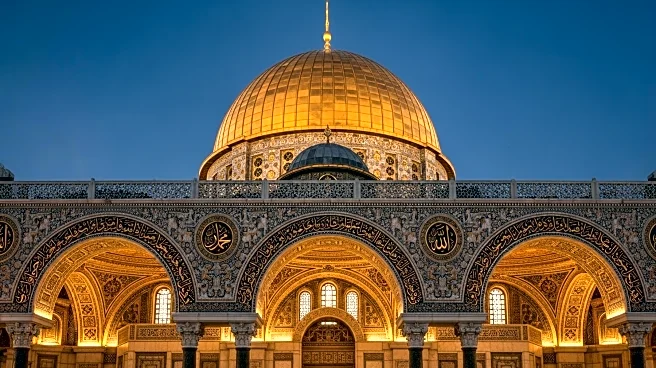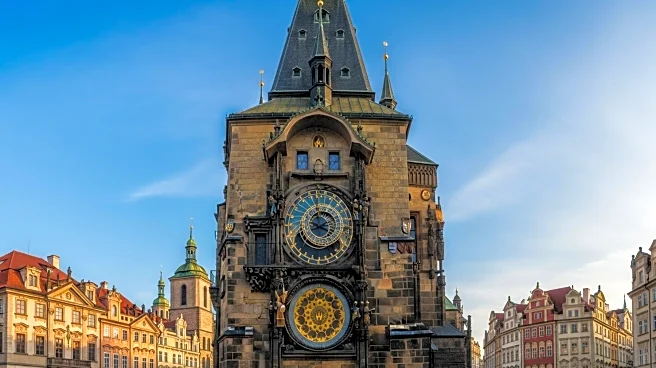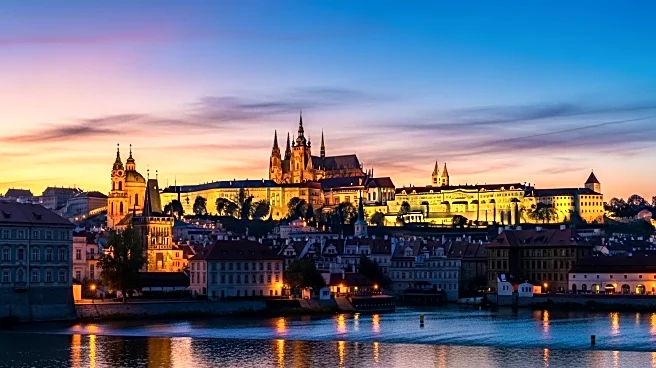Hagia Sophia has been shaped by the leadership of various figures throughout its history, each leaving a distinct mark on its legacy. From Byzantine emperors to Ottoman sultans, the decisions made by these leaders have influenced the building's role and significance in Istanbul.
Leadership Context
The construction of Hagia Sophia was ordered by Byzantine Emperor Justinian I, who sought to create a monumental cathedral that would surpass all others in grandeur. His vision was realized through the work of architects Anthemius of Tralles and Isidore of Miletus, who designed the innovative dome structure.
Decisions and Strategies
The decision to convert Hagia Sophia into a mosque in 1453 was made by Sultan Mehmed II following the Ottoman conquest of Constantinople. This strategic move was part of a broader effort to integrate the city into the Ottoman Empire and establish it as a center of Islamic culture.
Outcomes and Accountability
The transformation of Hagia Sophia into a museum in 1935 under the secularist Turkish government marked a significant shift in its role. This decision was part of a broader strategy to modernize Turkey and promote secularism, reflecting the changing political landscape.
Lessons for U.S. Audiences
For U.S. audiences, the leadership decisions surrounding Hagia Sophia offer insights into the complexities of cultural and religious integration. The building's history highlights the importance of adaptive leadership in navigating societal changes and preserving cultural heritage.
 Discover Daily • 8 min read
Discover Daily • 8 min read 